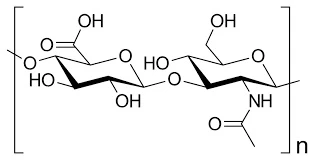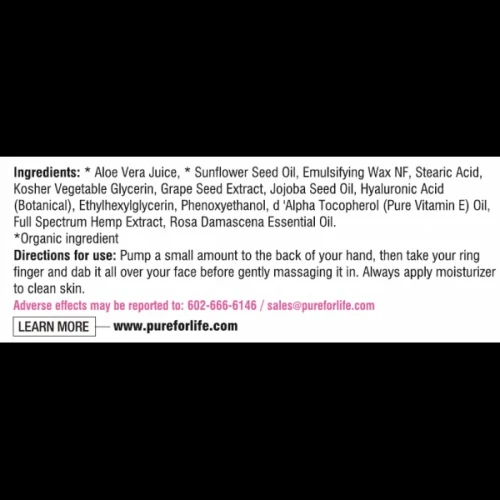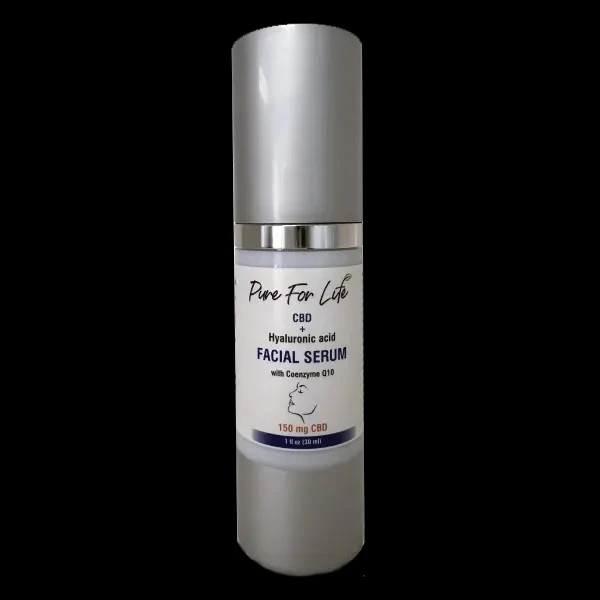Skincare trends come and go, but certain ingredients stick around because they actually deliver results. One such powerhouse is the hyaluronic acid face serum, which has become a mainstay in both high-end beauty routines and everyday skincare regimens. If you're new to skincare or just trying to make sense of all the hype, this article will break down what hyaluronic acid does, how it works, and why it’s become a go-to in the beauty world.
What Is Hyaluronic Acid, Really?
Despite how scientific the name sounds, hyaluronic acid is something your body naturally produces. It’s a type of sugar molecule found in the skin, connective tissues, and eyes. Its main job? To retain water—lots of it. Think of it as a sponge that pulls moisture into the skin and holds onto it, keeping your face plump and hydrated.

As we age, our natural levels of hyaluronic acid drop, leading to dryness, fine lines, and dullness. That’s where topical skincare products come into play—specifically, serums designed to deliver this molecule right where it’s needed most.
Why Serums, Not Creams or Lotions?
When it comes to delivering active ingredients like hyaluronic acid, serums are the MVPs. Unlike heavier creams that sit on top of the skin, serums are designed to be lightweight and fast-absorbing. This allows the hyaluronic acid to penetrate deeper layers of the skin for maximum hydration and effectiveness.
A well-formulated hyaluronic acid face serum usually includes varying molecular weights of the ingredient. Low molecular weight penetrates deeply, while high molecular weight acts more on the surface—resulting in both short-term plumping and long-term moisture retention.

Hydration Without the Heaviness
One of the biggest appeals of hyaluronic acid is its compatibility with all skin types. Whether you have oily, dry, combination, or even sensitive skin, it works without causing congestion or breakouts. This versatility makes it an excellent base for any skincare routine.
Another bonus: it layers well. You can apply a hyaluronic acid serum underneath sunscreen, moisturizer, and even makeup without any pilling or greasiness. It’s a plug-and-play type of product that enhances whatever else you’re using.
The Science Behind the Glow
What makes this ingredient so effective is its capacity to hold up to 1,000 times its weight in water. That’s not marketing fluff—it’s chemistry. When your skin is properly hydrated, it appears smoother, firmer, and more radiant. Fine lines become less visible, and the overall texture improves. Hyaluronic acid essentially acts as a moisture magnet, continuously drawing hydration from the environment and locking it into your skin.
It’s also a gentle, non-irritating ingredient. Unlike exfoliants or retinoids that come with a learning curve and potential side effects, hyaluronic acid can be used daily without worry. It doesn’t strip the skin, cause flaking, or trigger sensitivity.
What to Look for in a Quality Serum
All hyaluronic acid products are not created equal. When shopping for a serum, here are a few tips to make sure you’re getting something that works:
- Look for multiple forms of hyaluronic acid. This allows for hydration at multiple skin layers.
- Avoid alcohol-based formulas. These can cancel out the hydrating benefits.
- Check for supporting ingredients. Things like vitamin B5 (panthenol), peptides, or ceramides enhance the hydration and help lock in moisture.
- Watch the ingredient list. Hyaluronic acid should appear in the top half of the list to be effective.
Also, packaging matters. Since hyaluronic acid can degrade when exposed to air or light, go for serums in opaque, airtight containers.
Application Tips for Best Results
To get the most from your hyaluronic acid face serum, timing and technique are everything. Here’s the routine most dermatologists and skin experts recommend:
- Apply to damp skin. After cleansing, mist your face with water or use a hydrating toner. Hyaluronic acid binds to water, so applying it to dry skin can actually have the reverse effect—pulling moisture out of your skin.
- Use just a few drops. A little goes a long way. Apply using gentle tapping motions.
- Seal it in. Follow up with a moisturizer to lock in the hydration and keep the serum from evaporating.
This three-step approach ensures that your skin stays hydrated longer and gets the full benefit of the serum.

Myths and Misconceptions
There are a few misunderstandings about hyaluronic acid floating around. Let’s set the record straight:
- Myth: It’s an exfoliant. Nope. Despite the “acid” in the name, it doesn’t exfoliate or strip the skin like glycolic or salicylic acid.
- Myth: It only works in humid climates. While it does draw moisture from the environment, if your skin is damp and you use a good moisturizer afterward, it works just fine in dry weather too.
- Myth: It clogs pores. On its own, hyaluronic acid is non-comedogenic. But always check the full formula—some serums include oils or emollients that might not suit acne-prone skin.
Is It Worth the Hype?
For most people, yes. The simplicity and effectiveness of a hyaluronic acid face serum make it a worthy addition to almost any skincare routine. It doesn’t promise overnight miracles, but it does consistently improve hydration, smoothness, and skin barrier function over time.
It’s also a great intro product for skincare beginners—easy to use, gentle, and instantly gratifying. If you’re overwhelmed by the skincare aisle, starting with a solid hyaluronic serum is a smart move.
How It Fits Into a Bigger Skincare Strategy
While hyaluronic acid is great, it shouldn’t be your only step. It works best when used as part of a well-rounded routine that includes:
- Cleansing to remove impurities
- Exfoliation (1–2x a week) to get rid of dead skin cells
- Hydration via serums like hyaluronic acid
- Moisturization to trap hydration
- Sun protection to prevent UV damage and premature aging
Think of it as the “glue” that helps other products perform better and keeps your skin resilient against stress and pollution.
Final Thoughts
In a world full of flashy skincare ingredients and overhyped trends, hyaluronic acid earns its spot by doing one thing really well—hydrating your skin. A hyaluronic acid face serum is simple, effective, and plays nicely with others. Whether you’re just getting into skincare or fine-tuning an existing routine, it’s a safe, science-backed choice that delivers visible results.
And while countless brands offer their own versions of this serum, choosing one that uses clean formulations and prioritizes skin health can make all the difference. Pure For Life is one such company focused on wellness-centered, plant-powered skincare—offering products that align with this low-effort, high-return approach.


